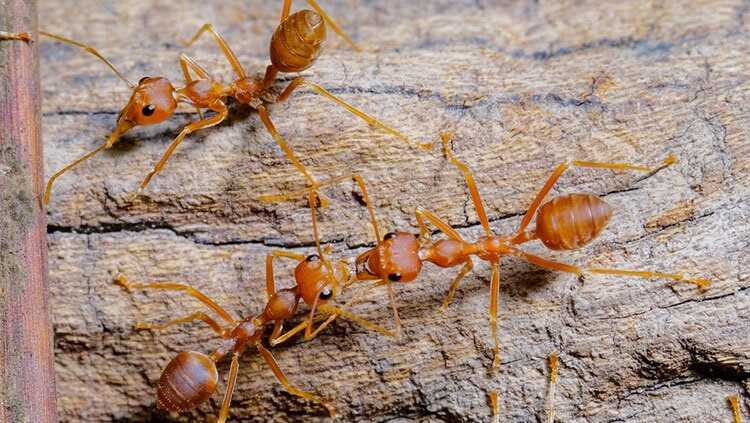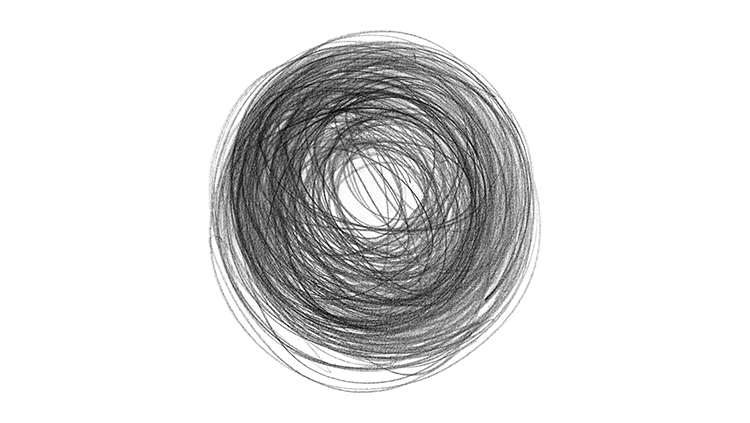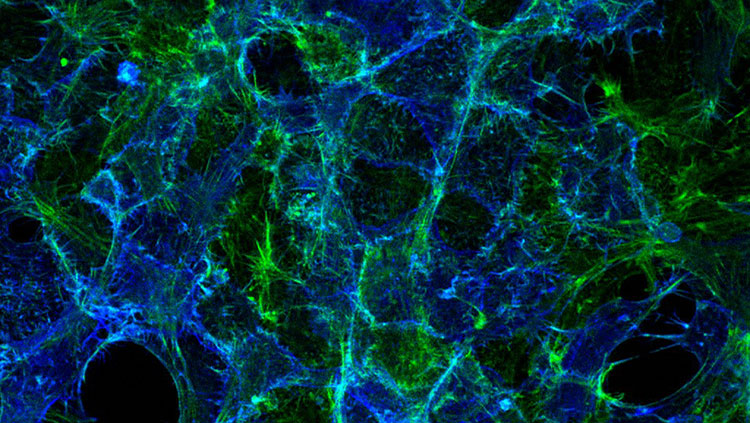Boasting the largest neurons in the animal kingdom, sea slugs reveal important clues about the neural basis of learning and memory.
Brain Bytes showcase essential facts about neuroscience.

Design by Adrienne Tong.
Image "Brown sea hare" by Gerald Robert Fischer/Shutterstock.
CONTENTPROVIDEDBY
BrainFacts/SfN
References
Moroz, L. L. (2011). Aplysia. Current Biology: CB, 21(2), R60–R61. PubMed (21256433). doi: 10.1016/j.cub.2010.11.028
McNamee, E., & Wilson, J. (2013, May 14). A Nobel Prize with help from sea slugs. Retrieved July 21, 2020, from https://www.cnn.com/2013/05/14/health/lifeswork-eric-kandel-memory/index.html
Foundation, L. (2020, March 10). Eric Kandel: Learning about the human brain from sea slugs. Retrieved July 21, 2020, from http://www.laskerfoundation.org/new-noteworthy/articles/eric-kandel-resilient-scientist-learns-sea-slugs/
Lodish, H., Zipursky, SL., et al. (2000). Section 21.7 Learning and Memory. In Molecular Cell Biology 4th edition. New York: W H Freeman. Available from: https://www.ncbi.nlm.nih.gov/books/NBK21648/
Rajkowska, G., Selemon, L. D., & Goldman-Rakic, P. S. (1998). Neuronal and Glial Somal Size in the Prefrontal Cortex: A Postmortem Morphometric Study of Schizophrenia and Huntington Disease. Archives of General Psychiatry, 55(3), 215–224. doi: 10.1001/archpsyc.55.3.215


















